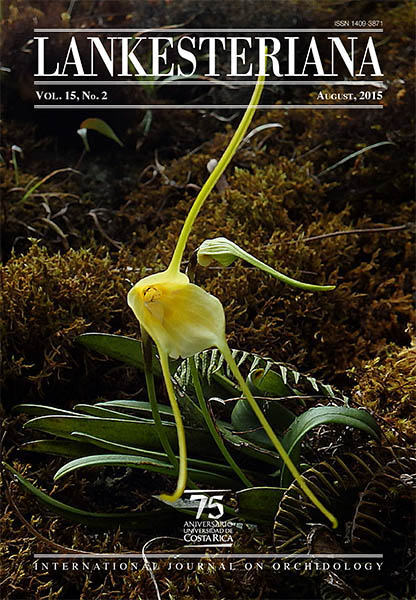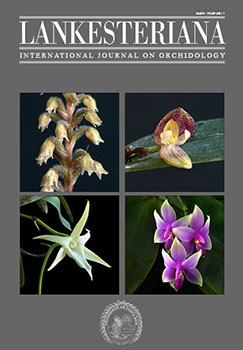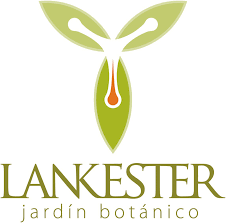Pollination ecology of <i>Rodriguezia granadensis</i> (Orchidaceae)
DOI:
https://doi.org/10.15517/lank.v15i2.20745Palabras clave:
self-mimetism, floral baits, deceit pollination, Euglossine bee, melitophily, reproductive successResumen
En éste artículo describimos la variación fenotípica y ecología de la polinización de la epífita de ramita Rodriguezia granadensis. La especie presenta polimorfismo para el color de las flores (blanco a rosa), lo que lo llevó a hipotetizar que las diferentes formas de color pueden ser polinizadas por diferentes polinizadores. Para evaluar esta hipótesis, se monitorearon cien plantas en campo y se anotó su fenología de floración y polimorfismo en color. Dos picos de floración se presentan en el año. Evaluamos el éxito reproductivo (fitness masculino y femenino) y la visita de los polinizadores potenciales en ambos morfos. Se puso a prueba la producción de frutos por autogamia, geitonogamia, xenogamia y emasculación. La producción de néctar se midió con un refractómetro. Adicionalmente, usamos trampas de fragancia con salicilato de metilo y eugenol para atraer polinizadores potenciales (abejas euglosinas). Presentamos evidencia de la polinización de R. granadensis por abejas euglosinas que buscan néctar. La fluctuación en la producción de néctar y el escaso éxito reproductivo entre los individuos sugiere que la orquídea puede emplear un sistema de atracción/engaño como auto-mimetismo o un fenómeno de recompensas difusas.
Descargas
Descargas
Publicado
Cómo citar
Número
Sección
Licencia
Conforme con las Políticas de Acceso Abierto promovidas por la Universidad de Costa Rica, los derechos de autor de todos los artículos publicados en Lankesteriana se encuentran bajo una licencia Creative Commons y pueden ser descargados gratuitamente. Los derechos de autor y de publicación pertenecen a la revista bajo la licencia CC BY-NC-ND 3.0 CR.
Before the publication of the materials submitted by the author(s) in LANKESTERIANA, the author(s) hereby assign all rights in the article to the Lankester Botanical Garden.





